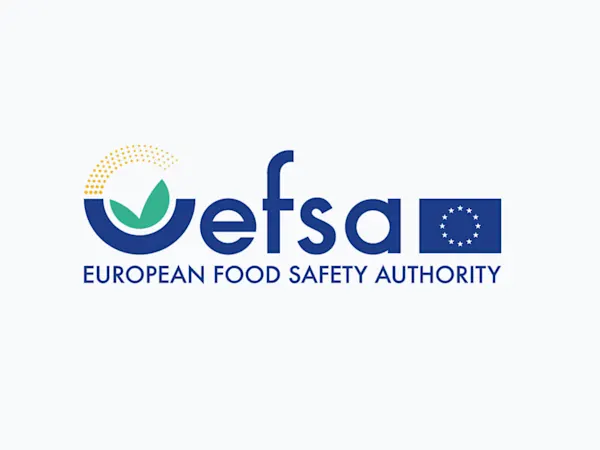
ChemSec Adds Neurotoxicants to SIN List in Landmark Step for EU Chemicals Regulation
ChemSec updates the SIN List with neurotoxicants, spotlighting brain-damaging chemicals and urging EU regulators to act swiftly on these hidden threats.


The Canadian government has released its State of Per- and Polyfluoroalkyl Substances (PFAS) Report, a landmark assessment detailing the environmental and health risks posed by these persistent chemicals. Published jointly by Environment and Climate Change Canada (ECCC) and Health Canada, the report provides a comprehensive overview of PFAS contamination in Canada, reinforcing concerns over their widespread presence and long-term impact.
The report confirms that PFAS, commonly referred to as “forever chemicals” due to their extreme persistence, are widely detected in Canadian ecosystems, drinking water, food, and human populations. Their resistance to degradation and ability to travel long distances make them a persistent issue, with contamination recorded in even remote regions such as the Arctic.
The government’s analysis highlights that exposure to PFAS has been linked to a range of health effects, including impacts on the liver, kidneys, immune system, endocrine function, and developmental processes. The report also raises concerns about cumulative exposure—the combined effects of multiple PFAS compounds in humans and wildlife—which remains poorly understood.
Despite Canada’s existing restrictions on certain PFAS under the Prohibition of Certain Toxic Substances Regulations, 2012, the report acknowledges that new, unregulated PFAS compounds continue to emerge in commerce. While some short-chain PFAS have replaced banned long-chain variants, they have been found to be even more mobile in water systems, increasing the risk of contamination.
The government has indicated that future regulatory measures could take a class-based approach, rather than restricting PFAS chemicals one by one. Such an approach has been gaining international momentum, with the European Union and several U.S. states moving towards broad bans on PFAS in products.
The report highlights that some Indigenous and northern communities, firefighters, and people living near contaminated sites may face higher exposure risks. PFAS have been detected in drinking water sources across Canada, but monitoring remains inconsistent, particularly for newer PFAS compounds.
To address these concerns, the government plans to expand biomonitoring efforts, strengthen risk management strategies, and explore alternatives to PFAS-containing products. The report’s findings will inform future policy decisions, with further regulatory proposals expected later in 2025.
Foresight continuously tracks 1000s of sources and maps updates to your portfolio:




ChemSec updates the SIN List with neurotoxicants, spotlighting brain-damaging chemicals and urging EU regulators to act swiftly on these hidden threats.

EFSA launches consultation on updating its Weight of Evidence and Biological Relevance guidance, aiming to streamline chemical risk assessment practices.

OECD’s new chemical data sharing guide promotes fair access, transparency, and regulatory alignment—helping companies reduce duplication and meet compliance obligations globally.
Subscribe to Foresight Weekly and get the latest insights on regulatory changes affecting chemical compliance.
Free forever. Unsubscribe anytime.
Read by professionals at